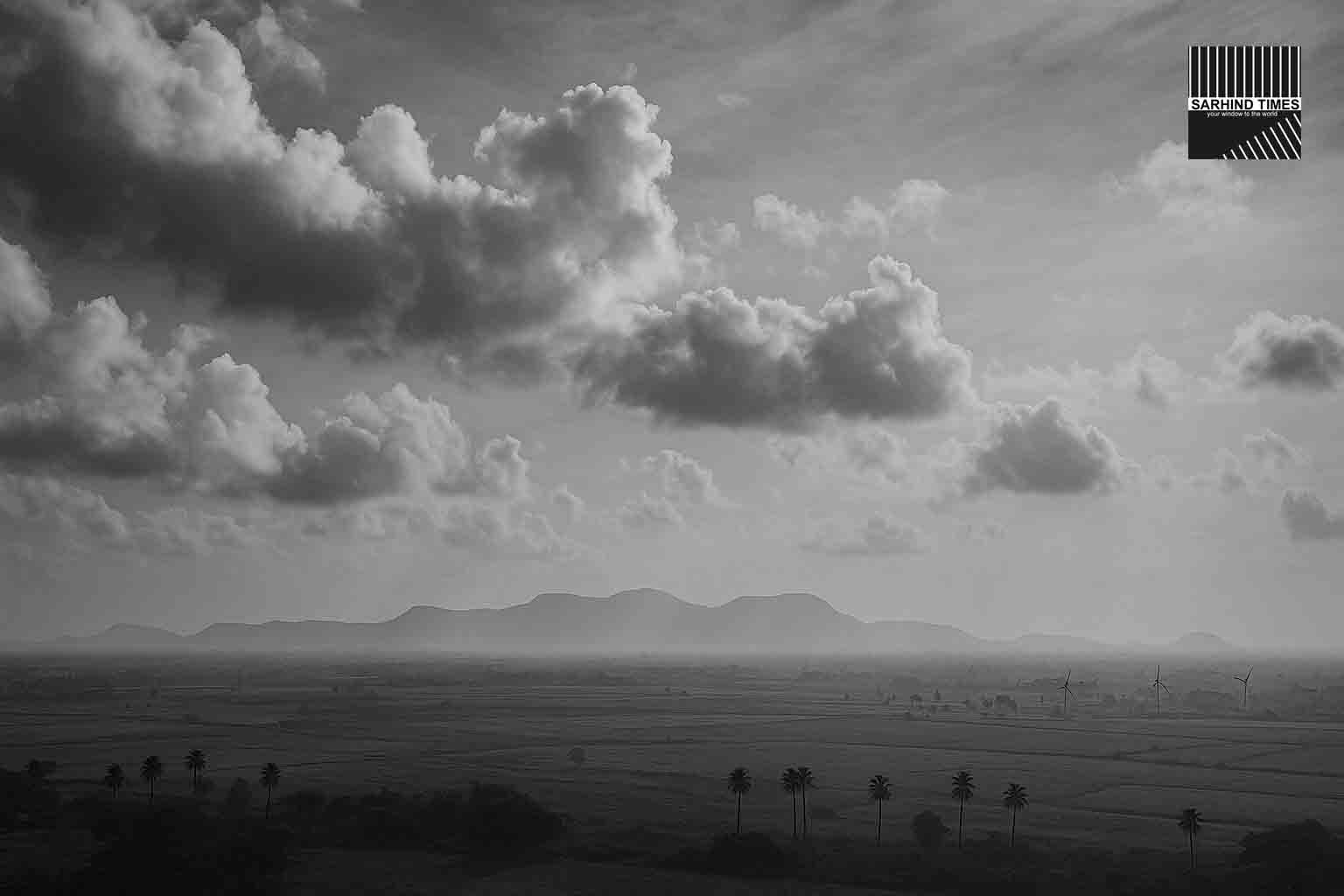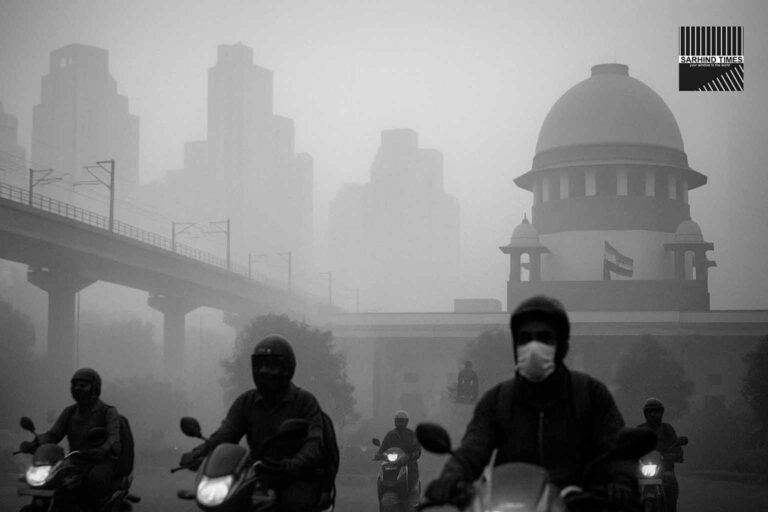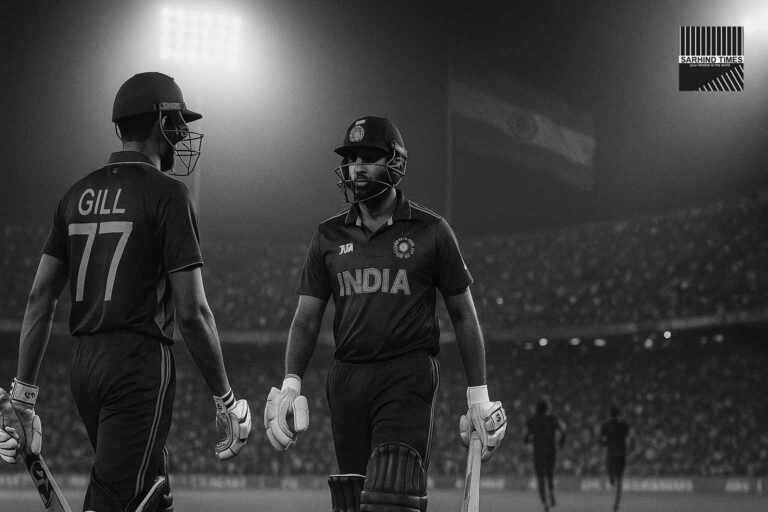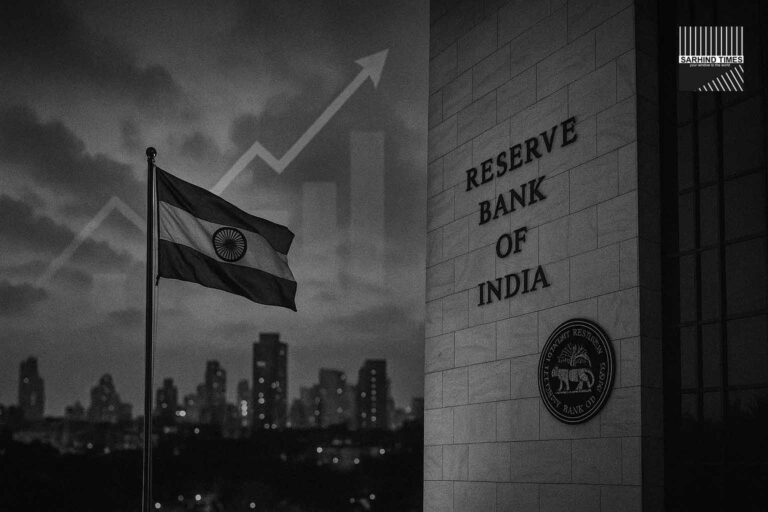The India Meteorological Department reports no significant weather warnings for western India today, with conditions largely stable across Konkan, Madhya Maharashtra, and Vidarbha, while isolated activity persists in eastern and northeastern zones.
New Delhi | October 11, 2025
As India’s southwest monsoon continues its steady withdrawal, the India Meteorological Department (IMD) has indicated generally calm weather conditions across western subdivisions, offering temporary relief to states that saw erratic rainfall in recent weeks.
According to the IMD’s latest national weather dashboard and advisory, no major alerts have been issued for Konkan & Goa, Madhya Maharashtra, Marathwada, Saurashtra & Kutch, and Vidarbha for the coming days.
While isolated short-lived thundershowers may occur due to residual moisture and local convection, forecasters emphasize that no widespread heavy weather events are expected in these regions through mid-October.
A Breather for the West
The lull brings a reprieve for parts of western and central India after a patchy monsoon season marked by uneven rainfall and sudden bursts.
“The western region is transitioning into a post-monsoon phase,” said Dr. Mrutyunjay Mohapatra, Director-General of Meteorology, IMD. “This typically brings calm, dry mornings, occasional mist, and widening day-night temperature gaps.”
Satellite data from the INSAT-3D and Doppler radar networks corroborate this outlook—showing minimal cloud buildup across the western coast and Deccan plateau.
Subdivision Outlook: Region by Region
Konkan & Goa
After several weeks of heavy showers, the Konkan belt is now seeing clear skies with mild humidity. Temperatures hover between 23°C and 33°C, with sea breeze activity maintaining comfort levels.
Fishermen have been advised that wind speeds remain moderate, making nearshore operations safe.
Madhya Maharashtra and Marathwada
Nashik, Ahmednagar, and Aurangabad divisions recorded trace rainfall overnight, but IMD expects dry conditions ahead. The region will experience cooler nights as the monsoon trough shifts southward.
Vidarbha
Nagpur and Chandrapur saw light rain earlier in the week, but the latest forecast points to a three- to five-day dry spell. The morning mist layer may thicken due to nocturnal cooling, affecting early commuters.
Saurashtra & Kutch
Gujarat’s arid stretches will stay stable, with winds turning north-easterly—a sign of withdrawal progression. No warning signals are in force.
Contrast in the East and Northeast
While western India enjoys respite, the IMD’s eastern and northeastern advisories show a different picture.
Arunachal Pradesh, Assam, Sub-Himalayan West Bengal, and parts of Odisha may witness isolated thunderstorms with lightning over the next 48 hours.
“Localized weather in the east remains typical during this transitional period,” said IMD scientist Soma Das. “Moisture pockets from the Bay of Bengal still feed instability, particularly in the evenings.”
Monsoon Withdrawal: The Science and Status
The southwest monsoon, which officially began retreating from northwest India on September 25, has now withdrawn from most of Rajasthan, Gujarat, and western Madhya Pradesh.
By mid-October, the withdrawal line is expected to reach central Maharashtra, Telangana, and Chhattisgarh, marking the seasonal shift to post-monsoon conditions.
“Withdrawal isn’t abrupt—it’s like a receding tide,” explained Dr. Mohapatra. “Moisture gradually declines, winds reverse, and cloud cover thins. The west always feels it first.”
Travel and Safety Advisory
The IMD has urged citizens, especially intercity travelers and transport operators, to check local highway forecasts and urban weather dashboards for route-specific visibility and fog updates.
Short-term travel advisories include:
- Expect morning haze in interior Maharashtra and Gujarat.
- Avoid high-speed driving during early hours when dew accumulation reduces road friction.
- Farmers should postpone pesticide spraying in fog-prone areas until visibility improves after sunrise.
Agricultural Implications
For the agricultural sector, this lull period is critical. The kharif harvest window opens wider in dry weather, aiding post-harvest handling and rabi preparation.
“Dry spells after late monsoon rains are ideal for soybean and cotton picking,” said Dr. Ramesh Dhage, agrometeorologist at the Maharashtra Agricultural University. “We’re also advising early soil preparation for wheat and gram.”
In Gujarat, groundnut and bajra farmers are accelerating drying and storage processes, anticipating stable conditions through next week.
Temperature Patterns: Cooler Mornings Ahead
With monsoon clouds receding, diurnal temperature variation—the difference between day and night temperatures—is expanding.
- Daytime highs are expected between 32°C and 34°C.
- Nighttime lows may dip to 19°C–21°C, especially in inland areas.
- Relative humidity levels will drop by 10–15% in the coming week.
“This phase brings pleasant evenings but also early-morning fog,” said IMD regional head Dr. K.S. Rajeevan. “It’s nature’s pivot toward winter.”
Citizen Services: Weather Now at Fingertips
The IMD’s newly integrated All-India Weather Dashboard, accessible via its official portal and mobile app, offers real-time, location-specific updates for over 700 cities.
Key features include:
- Interactive subdivision maps with color-coded alerts.
- Highway Forecasts showing rain, wind, and fog zones along key routes.
- Urban Flood Early-Warning System (U-FEWS) for major metros.
- Agrimet advisories customized by crop and state.
The system updates every 30 minutes, drawing from Doppler radar feeds, satellite imaging, and AWS (Automatic Weather Stations).
“Our goal is not just forecasting, but decision support,” said IMD scientist Dr. S. Naidu. “Whether you’re a farmer, a commuter, or a city planner, the dashboard gives you micro-level clarity.”
Weather Anomalies and Watchpoints
Even in “quiet” conditions, localized anomalies can develop rapidly.
Forecasters point out three micro-triggers to watch this week:
- Convective build-up near coastal Konkan during afternoons due to lingering humidity.
- Shallow fog events in Gujarat’s inland plains before sunrise.
- Dust transport from western Rajasthan into parts of Kutch, mildly affecting air quality.
“Local weather is always alive,” said Dr. Rajeevan. “Calm doesn’t mean inert—it means predictable within limits.”
Monsoon 2025 in Retrospect
India’s 2025 monsoon was statistically normal—recording 102% of the long-period average (LPA)—but spatially uneven.
While Kerala, coastal Karnataka, and central India saw surpluses, northwest and northeast regions witnessed deficits.
| Region | Rainfall vs LPA | Status |
| Northwest India | 87% | Deficient |
| Central India | 105% | Normal |
| South Peninsula | 108% | Excess |
| East & Northeast India | 89% | Deficient |
| All-India Average | 102% | Normal |
This variance explains why western India now enters a mild interlude while eastern pockets still battle instability.
Impact on Air Quality
With fewer rains to wash down suspended particles, air quality levels may begin to decline in western urban centres.
Mumbai, Pune, Surat, and Nagpur have already seen AQI values inch toward the ‘Moderate’ category, largely due to vehicular emissions and dust.
“Transition months are tricky,” said CPCB official R. Chatterjee. “Wind calmness traps pollutants even without industrial spikes.”
Authorities have urged cities to maintain road-watering and mechanical sweeping, particularly near construction corridors.
Regional Snapshots
Gujarat:
Pleasant mornings prevail across Ahmedabad and Rajkot; humidity easing. Fishermen advised caution beyond 100 km offshore due to moderate swell.
Maharashtra:
Mumbai records clear skies after intermittent spells. Pune may see early fog, while Nagpur and Akola stay dry.
Goa:
Post-monsoon calm continues; beach tourism picks up. IMD warns of strong UV exposure between 11 a.m. and 2 p.m.
Madhya Pradesh:
Western districts dry, but isolated drizzle possible near Betul and Seoni due to localized convection.
Public Response: A Welcome Pause
Residents and travelers across western India welcomed the weather reprieve.
“It’s finally pleasant to drive without wipers,” laughed Ritika Deshmukh, a teacher from Kolhapur.
“We’ve had months of humidity—now the mornings actually feel crisp.”
Hoteliers in Goa and Lonavala also expect a surge in domestic tourism as skies clear, marking the onset of post-monsoon holiday season.
Global Meteorological Context
Globally, the El Niño–Southern Oscillation (ENSO) remains in a neutral-to-weak La Niña phase, stabilizing weather across South Asia.
This has allowed India’s transition to proceed steadily, unlike last year’s erratic crosswinds linked to El Niño anomalies.
“For now, we don’t foresee any new oceanic trigger for volatility,” said Dr. M.L. Jain, climatologist at the Indian Institute of Tropical Meteorology (IITM).
Looking Ahead: October’s Forecast Snapshot
- Western India: Predominantly dry; clear skies; fog onset late month.
- Eastern India: Intermittent thunderstorms possible till mid-October.
- Southern States: Light to moderate rain as northeast monsoon patterns evolve.
- Northern Plains: Declining temperatures, misty dawns likely post 15 October.
IMD expects to issue its first northeast monsoon forecast by October 20, setting the stage for Tamil Nadu and coastal Andhra’s rainy season.
Citizen Reminder: Stay Weather-Aware
The IMD reiterates its appeal for citizen participation in maintaining preparedness even during calm periods.
“Weather resilience isn’t only about storms,” said Dr. Naidu. “It’s about awareness—knowing your microclimate, respecting advisories, and planning accordingly.”
The department has also urged citizens to follow official updates through the IMD app, Twitter handle @Indiametdept, and state-level meteorological centres rather than relying on unverified weather content on social media.
Closing Thought
As the monsoon curtain draws to a close, India’s western corridors are finally breathing easy.
The quiet skies over Goa, Pune, Nashik, and Kutch represent not just a seasonal pause, but a moment of equilibrium before the country pivots toward winter.
From the IMD’s control room in New Delhi to farmers’ fields in Sangli, the message is the same: observe, adapt, and prepare—for in India’s weather narrative, calmness today is preparation for tomorrow’s change.
“Weather has no full stops,” reflected Dr. Mohapatra. “Only commas between the next chapter.”
#IMD #Weather #IndiaWeather #Forecast #TravelAdvisory #Monsoon #Climate #Meteorology #SarhindTimes






















+ There are no comments
Add yours